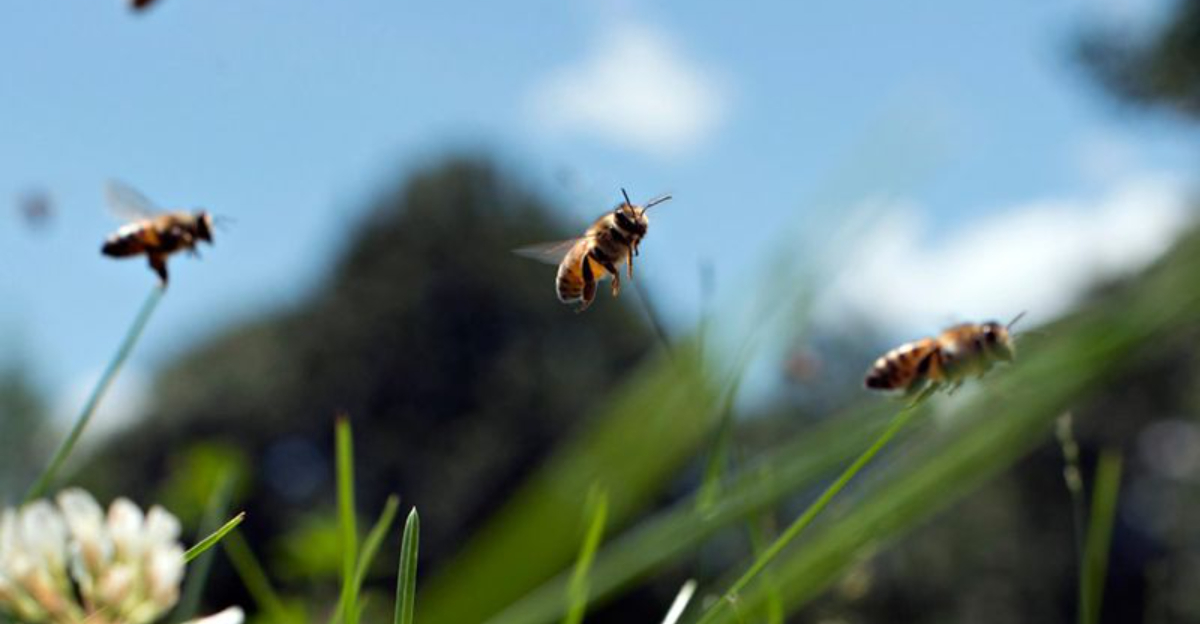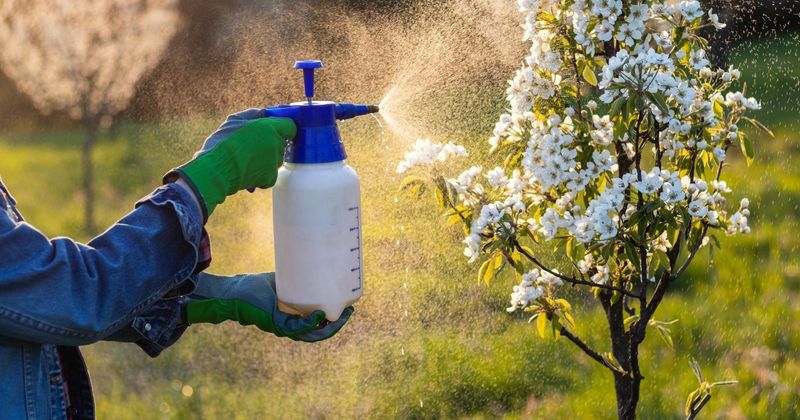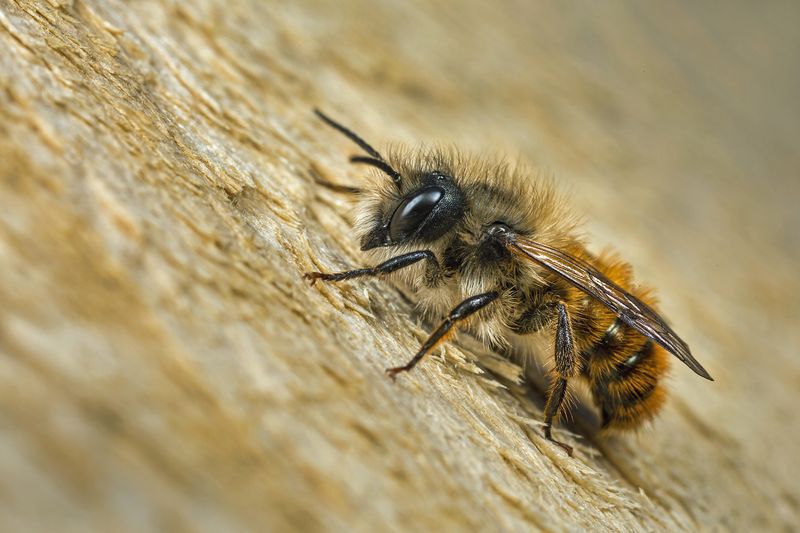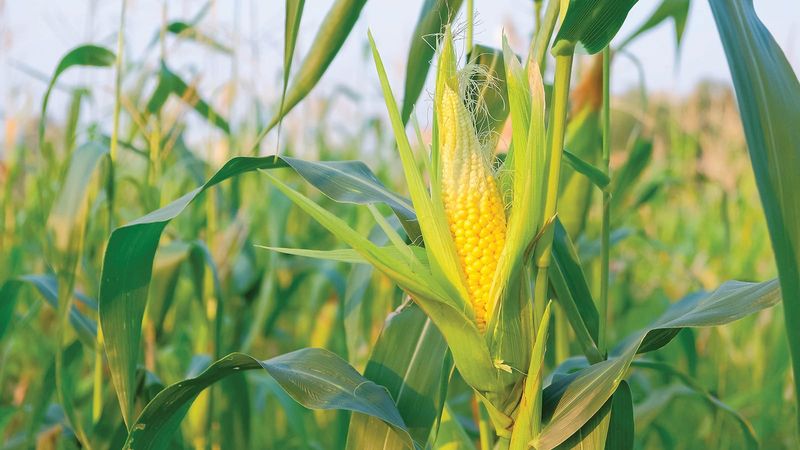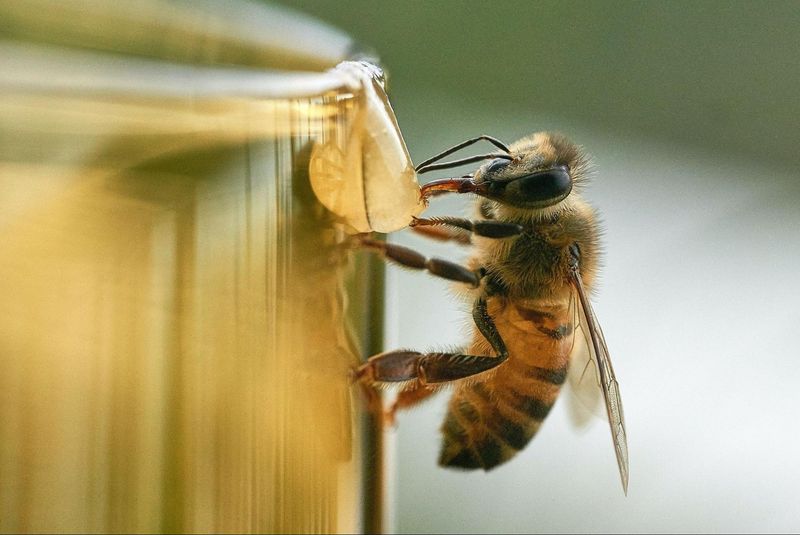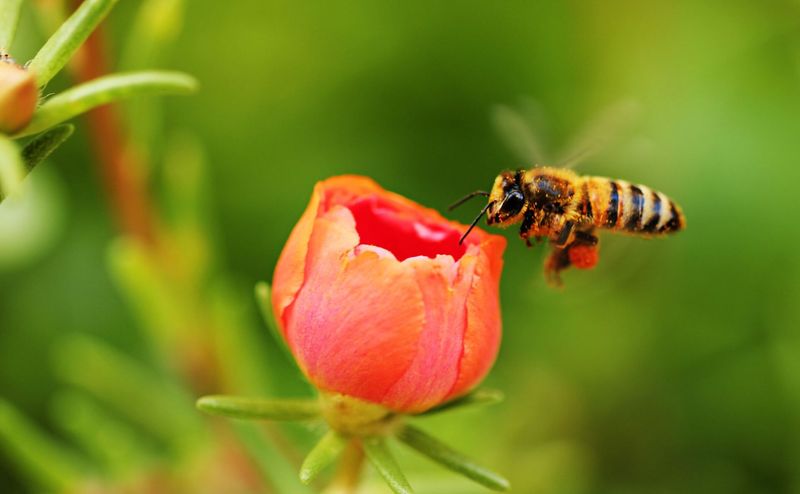Bees once filled Mississippi yards with steady movement and gentle buzz, but many homeowners now notice quieter gardens and fewer pollinators drifting from bloom to bloom. The change often begins slowly, showing up in empty flower beds or fruit trees that struggle to set good blossoms. Behind this silence sits a mix of pressures that chip away at bee health across the state.
From shifting weather patterns to shrinking wild spaces, each strain pushes these important insects farther from the places they once thrived. Understanding what drives this decline helps shine a light on a problem that touches every garden.
1. Pesticide Use In Agriculture
Farmers across Mississippi rely heavily on chemical pesticides to protect their crops from harmful insects. While these chemicals do their job, they also harm beneficial pollinators like bees.
Neonicotinoids, a common type of pesticide, can weaken bee immune systems and affect their ability to navigate back to their hives.
When bees visit treated flowers or crops, they carry these toxins back to their colonies, putting entire hives at risk.
2. Loss Of Natural Habitat
As cities and towns expand throughout Mississippi, natural spaces where bees once thrived are disappearing fast. Forests, meadows, and wildflower fields are being replaced by parking lots, buildings, and manicured lawns.
Bees need diverse flowering plants to gather nectar and pollen throughout the seasons. Without these natural food sources, colonies struggle to survive and reproduce.
Urban sprawl and agricultural expansion continue to shrink the wild spaces bees call home, making it harder for them to find shelter and nutrition.
3. Climate Change Effects
Rising temperatures and unpredictable weather patterns are throwing off the delicate timing between bees and the flowers they pollinate. Warmer winters can confuse bees, causing them to emerge from hibernation too early when food sources are not yet available.
Extreme weather events like floods and droughts damage flowering plants and disrupt bee foraging schedules. Mississippi has experienced more frequent severe storms and temperature swings in recent years.
These climate shifts make it difficult for bee populations to adapt and maintain healthy colony numbers.
4. Varroa Mite Infestations
Tiny parasites called varroa mites have become one of the biggest threats to honey bee colonies across Mississippi and beyond. These reddish-brown pests attach themselves to bees and feed on their blood, weakening them significantly.
Infested bees often develop deformed wings and shortened lifespans. Mites also spread viruses throughout the hive, causing entire colonies to collapse.
Beekeepers constantly battle these destructive parasites, but controlling them remains challenging and expensive for both commercial and backyard beekeepers.
5. Monoculture Farming Practices
Modern farming in Mississippi often focuses on growing just one type of crop across huge areas of land. Cotton, soybeans, and corn dominate the agricultural landscape, leaving little room for flowering plant diversity.
Bees need variety in their diet to stay healthy, but monoculture farms offer limited nutrition during short blooming periods. Once that single crop stops flowering, bees face food shortages.
This lack of diverse food sources weakens bee immune systems and makes colonies more vulnerable to disease and environmental stress.
6. Disease And Viruses
Multiple diseases and viruses continuously threaten bee populations throughout Mississippi. Conditions like American foulbrood, deformed wing virus, and nosema can devastate entire colonies within weeks.
These illnesses spread quickly when bees from different hives come into contact or when beekeepers unknowingly transfer infected equipment. Weakened bees become easy targets for opportunistic pathogens.
Commercial beekeeping operations that transport hives across state lines can accidentally introduce new diseases to local Mississippi bee populations, making disease management increasingly difficult.
7. Lack Of Public Awareness
Many Mississippi residents simply do not realize how their everyday actions affect local bee populations. Homeowners often spray insecticides on their lawns and gardens without considering the impact on pollinators.
People frequently mow down clover, dandelions, and other wildflowers that bees desperately need for food. These plants are often viewed as weeds rather than valuable resources.
Education about bee-friendly landscaping and the importance of pollinators remains limited, preventing communities from taking simple steps that could help reverse population declines.

